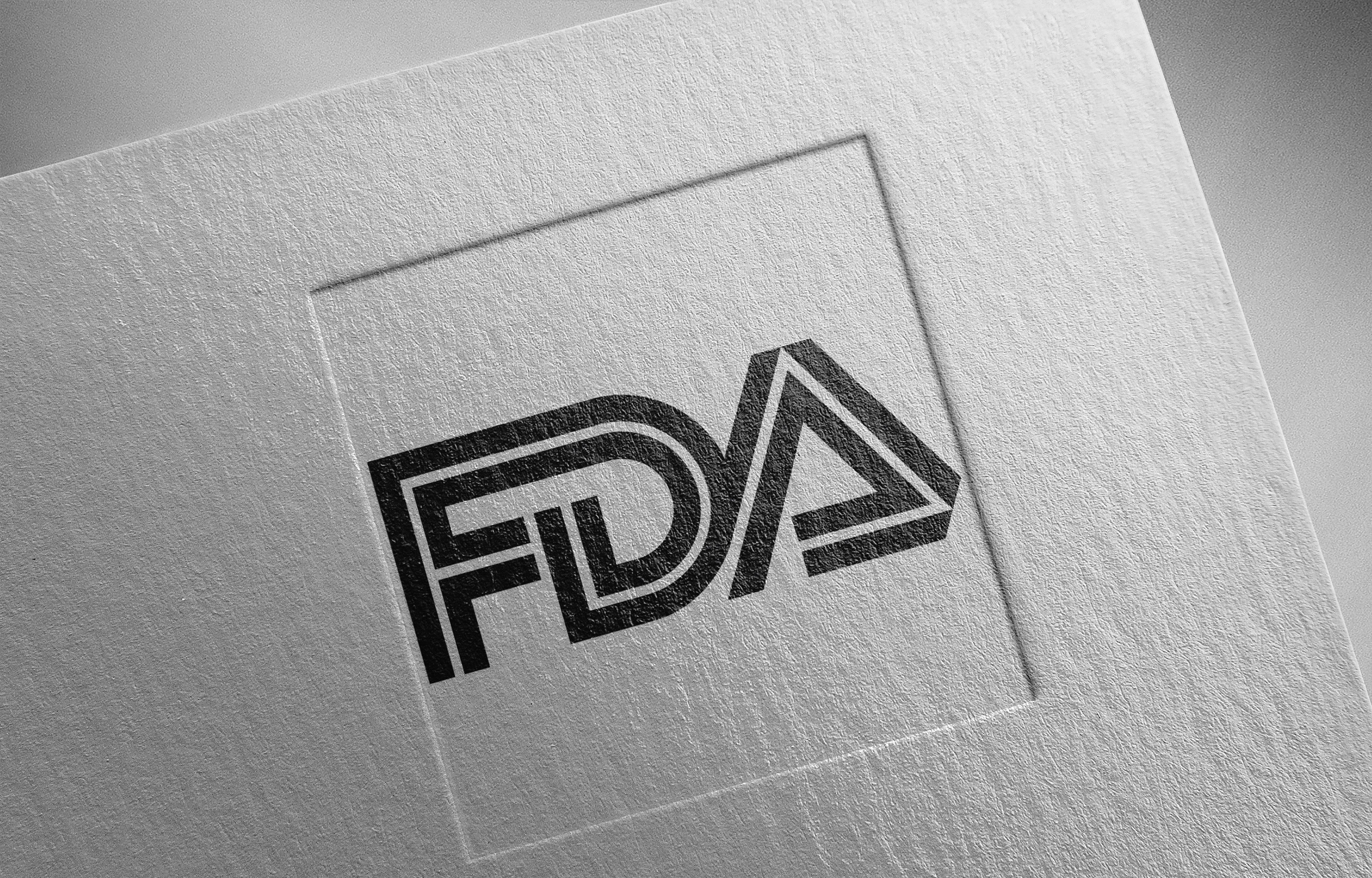Citius Pharmaceuticals Resubmits BLA for Lymphir to Address FDA Complete Response Letter
Lymphir is an immunotherapy under evaluation for the treatment of patients with relapsed/refractory cutaneous T-cell lymphoma following at least one previous line of systemic therapy.
Image credit: Araki Illustrations | stock.adobe.com

Citius Pharmaceuticals has resubmitted a biologics license application (BLA) to the FDA for Lymphir (denileukin diftitox) to address the complete response letter (CRL) issued by the FDA on July 28, 2023, for the BLA.1,2 Lymphir is an interleukin (IL)-2–based immunotherapy under evaluation for the treatment of patients with relapsed/refractory cutaneous T-cell lymphoma (CTCL) following at least one previous line of systemic therapy.
Citius stated that it has addressed concerns raised by the FDA in the CRL regarding enhanced product testing and additional manufacturing controls; however, there were no safety or efficacy issues identified in the CRL, with no additional trials required.
Lymphir is a recombinant fusion protein that is comprised of an IL-2 receptor binding domain with diphtheria toxin fragments. The drug attaches to cell surface IL-2 receptors, which facilitates the entry of diphtheria toxin fragments into cells to block protein synthesis. Lymphir was granted Orphan Drug designation by the FDA for CTCL in 2013 and for peripheral T-cell lymphoma (PTCL) in 2011.
The BLA submission was based on data from the Phase III Study 302 trial (E777-G000-302; NCT01871727) of the drug in adults with relapsed or refractory stage I to IV CTCL with CD25 positivity.3
The trial’s primary endpoint was objective response rate (ORR), with secondary endpoints that included duration of response (DOR), time to response (TTR), skin response, duration of skin response, ORR using alternative criteria, safety, and tolerability. Among 69 patients in the trial’s primary efficacy analysis set administered Lymphir, the ORR as determined by an independent review committee was 36.2%, with an 8.7% complete response (CR) rate.
ORRs among patients with stage IA/IB/IIA, IIB, and IIIA/IIIB diseases were 36.7%, 45.8%, and 20.0%, respectively. Clinical benefit rates among patients with stage IA/IB/IIA, IIB, and IIIA/IIIB diseases were 60.0%, 54.2%, and 20.0%, respectively. The overall median DOR in those administered Lymphir was 6.47 months and median TTR was 1.41 months.
Among 64 evaluable patients, 84.4% achieved a decrease in skin tumor burden, with 48.4% achieving a maximum decline of at least 50% from baseline and 12.5% achieved a CR.
Treatment-emergent adverse effects (TEAEs) of any grade were reported at a rate of 98.6%, with 37.7% of patients experiencing serious TEAEs. Further, 11.6% of patients discontinued therapy, 4.3% of patients had a dose reduction, and 37.7% of patients experienced an interruption. There were no fatal TEAEs reported.
The FDA is expected to accept the completed resubmission package for the BLA and issue a Prescription Drug User Fee Act within 30 days of the resubmission.1
References
- Citius Pharmaceuticals resubmits the biologics license application of Lymphir™ (denileukin diftitox) for the treatment of adults with relapsed or refractory cutaneous T-cell lymphoma. News release. Citius Pharmaceuticals, Inc. February 14, 2024. Accessed February 15, 2024. https://citiuspharma.com/investors/news-media/news/release-details/2024/Citius-Pharmaceuticals-Resubmits-the-Biologics-License-Application-of-LYMPHIR-Denileukin-Diftitox-for-the-Treatment-of-Adults-with-Relapsed-or-Refractory-Cutaneous-T-Cell-Lymphoma/default.aspx
- Citius Pharmaceuticals, Inc. receives a complete response letter from the US Food and Drug Administration (FDA) for Lymphir (denileukin diftitox) for the treatment of patients with relapsed or refractory cutaneous T-cell lymphoma. News release. Citius Pharmaceuticals, Inc. July 29, 2023. Accessed February 15, 2024. https://citiuspharma.com/investors/news-media/news/release-details/2023/Citius-Pharmaceuticals-Inc.-Receives-a-Complete-Response-Letter-from-the-U.S.-Food-and-Drug-Administration-FDA-for-LYMPHIR-Denileukin-Diftitox-for-the-Treatment-of-Patients-with-Relapsed-or-Refractory-Cutaneous-T-Cell-Lymphoma/default.aspx
- Foss FM, Kim YH, Prince HMM, et al. Efficacy and safety of E7777 (improved purity denileukin diftitox [Ontak]) in patients with relapsed or refractory cutaneous T-cell lymphoma: results from pivotal study 302. Blood. 2022;140(suppl 1):1491-1492. doi:10.1182/blood-2022-166916
Navigating Distrust: Pharma in the Age of Social Media
February 18th 2025Ian Baer, Founder and CEO of Sooth, discusses how the growing distrust in social media will impact industry marketing strategies and the relationships between pharmaceutical companies and the patients they aim to serve. He also explains dark social, how to combat misinformation, closing the trust gap, and more.